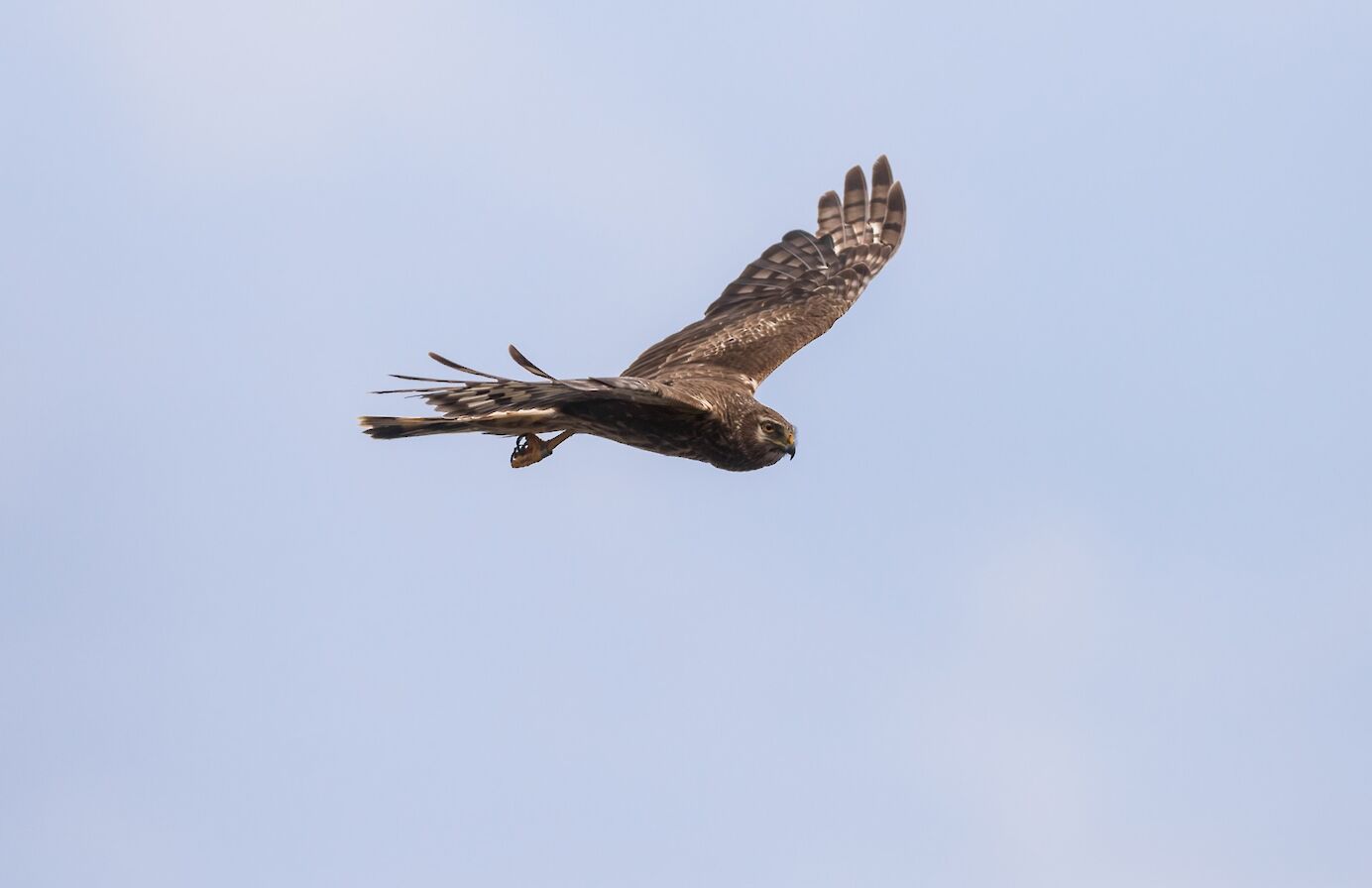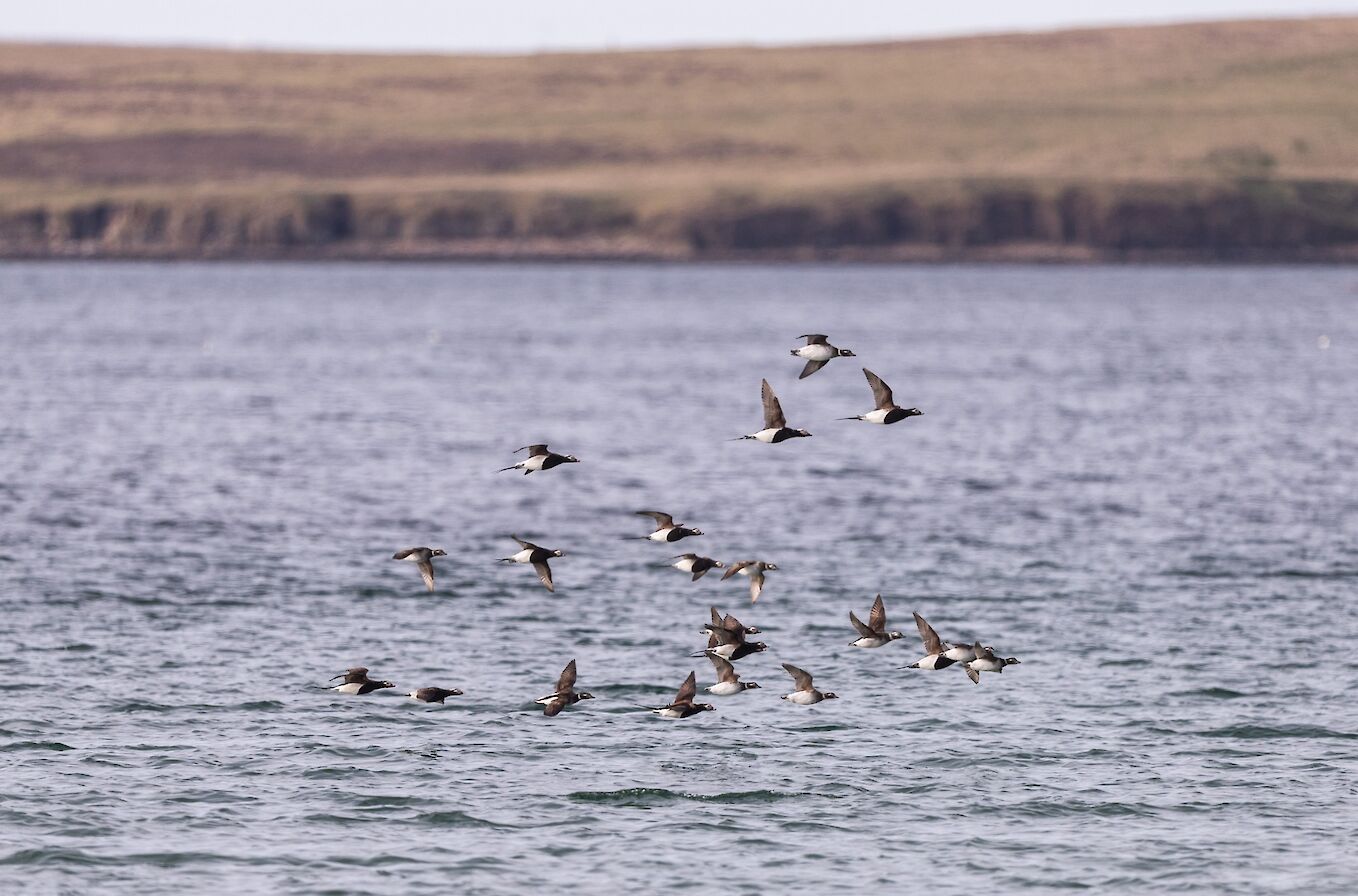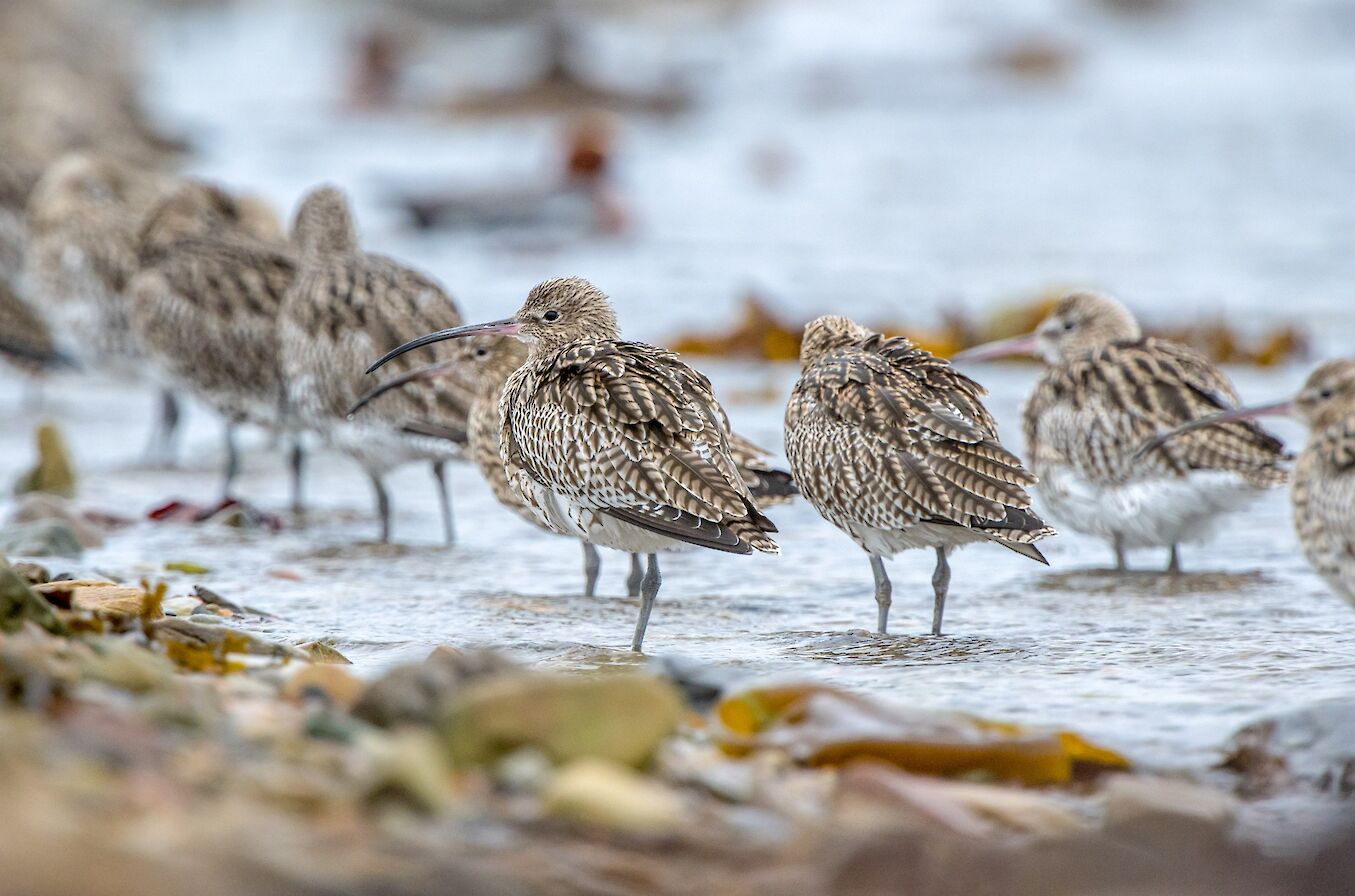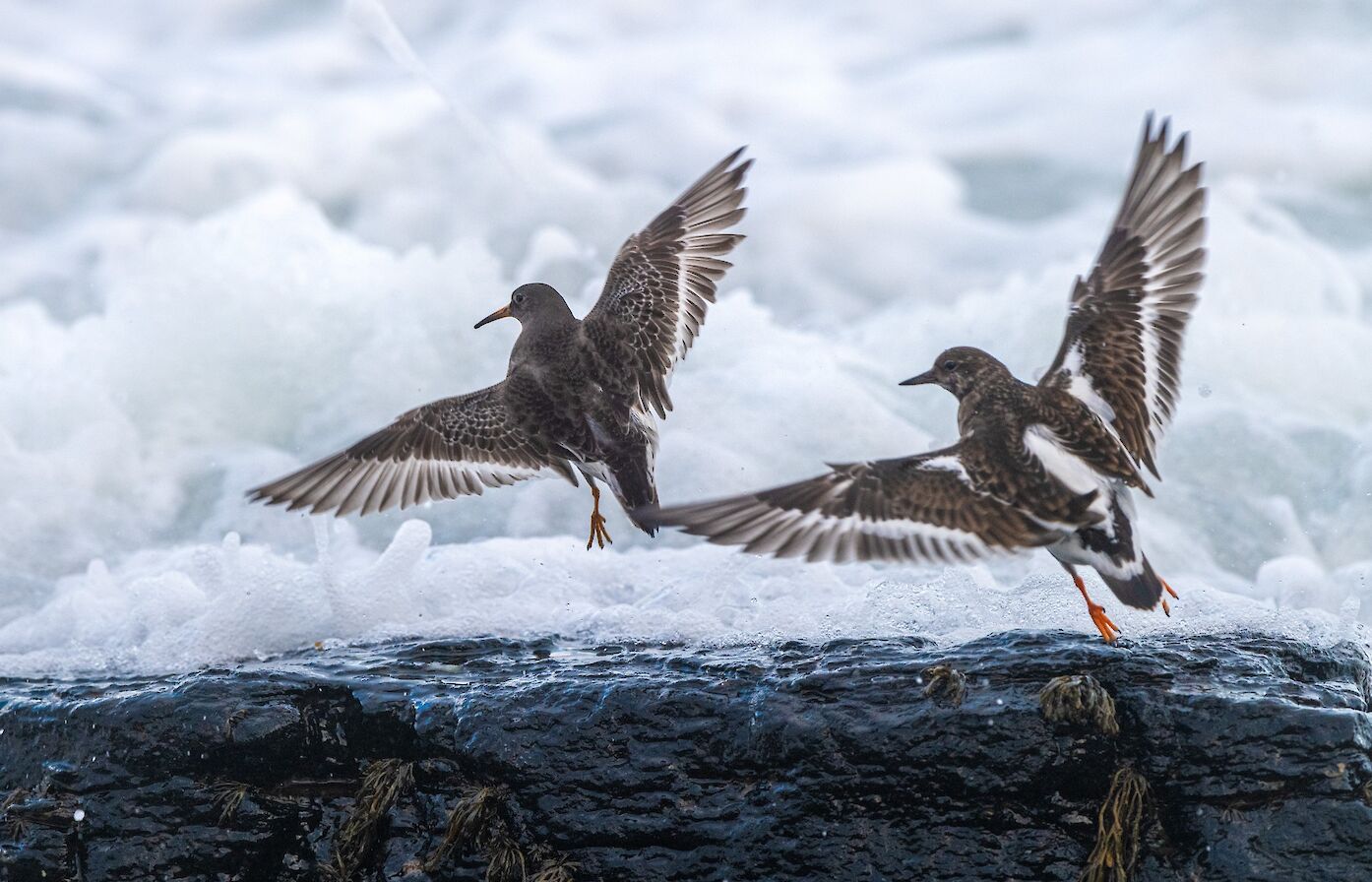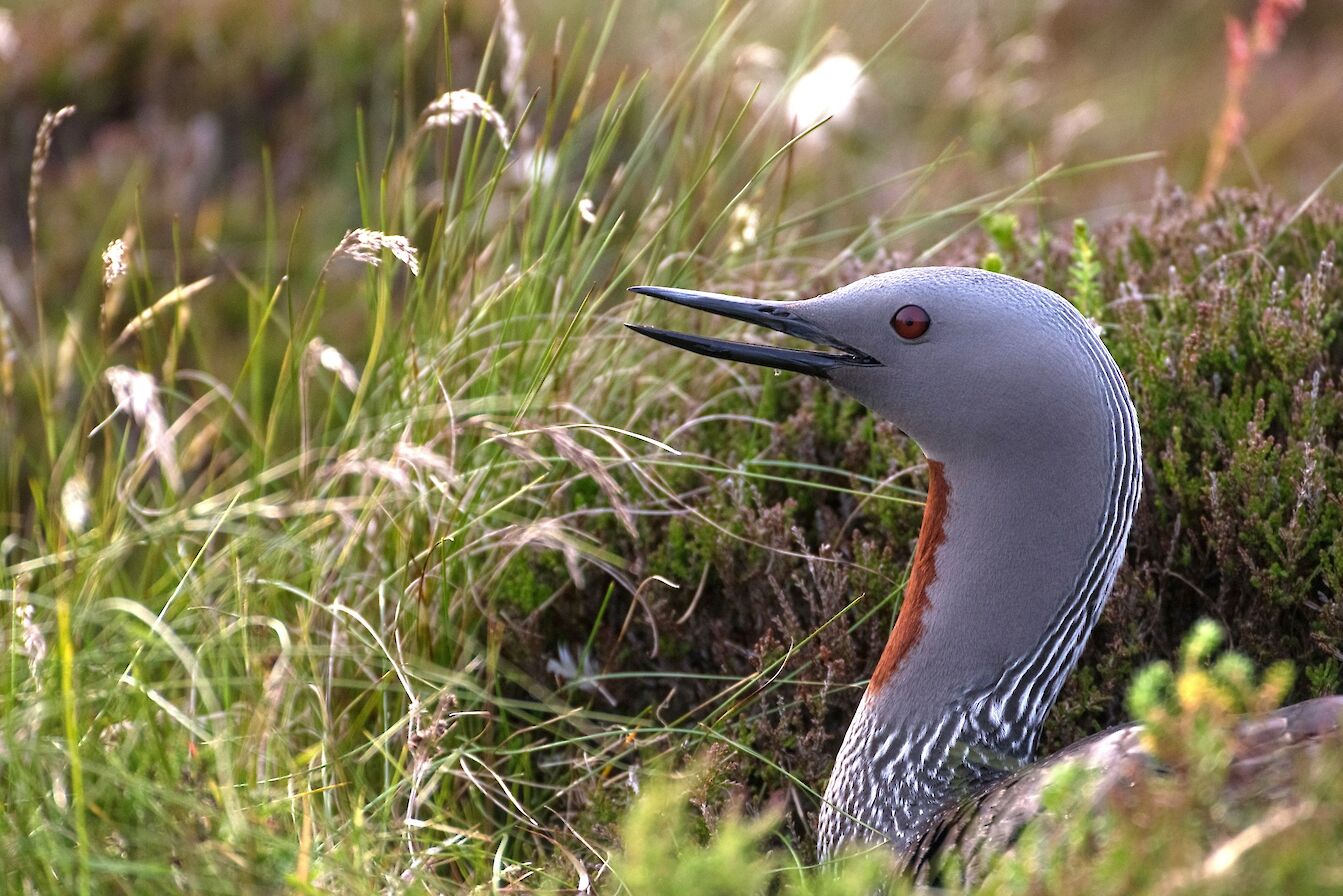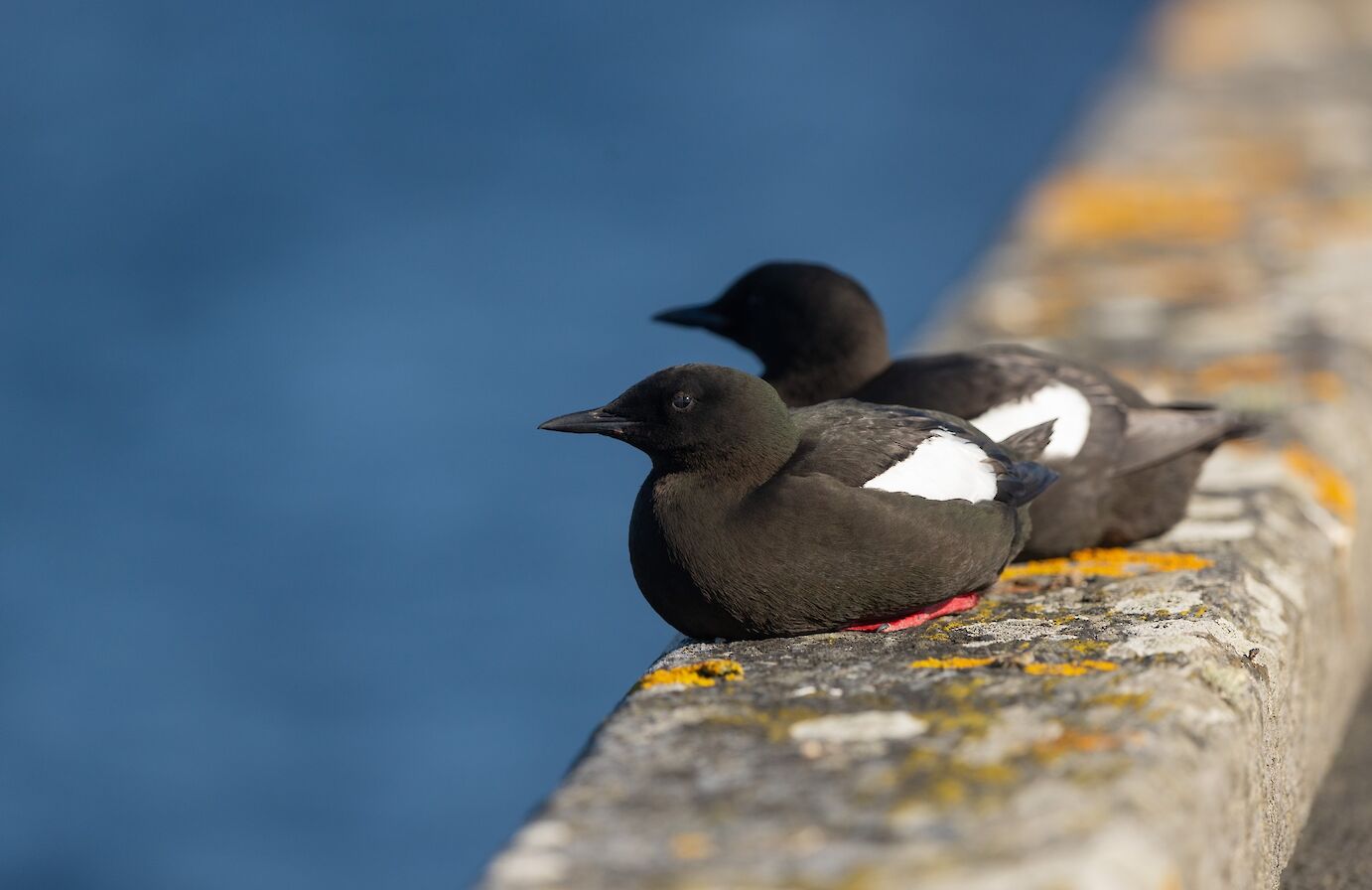From gulls and guillemots, to kittiwakes, waders and white-tailed eagles, Orkney’s birdlife is remarkably varied.
The islands are home to no less than 13 RSPB nature reserves, and large numbers of migratory birds pass through too, with some surprising arrivals making an appearance here over the years.
Our rich birdlife is all down to the wide range of habitats and food available across the archipelago. There are huge stretches of fertile fields, coastal heath, moorland, marshland, lochs and shoreline in Orkney, providing perfect conditions for birds to prosper.
Seasonal highlights
During spring and summer our cliffs teem with life as thousands of nesting sea birds of all shapes and sizes swoop and soar from their ledges. Places like Marwick Head in the West Mainland, Mull Head in the East Mainland, and Noup Head in Westray are popular sites to observe our seabird cities.
The islands are a hotspot for migrating and wintering birds, with some spectacular species calling the archipelago home during the darker, colder months of the year. Long-tailed ducks, great northern divers and Slavonian grebes are regular arrivals, and you can expect to see curlews, golden plovers, sanderlings and turnstones too.
Puffin paradise
Colourful and charismatic puffins, known as tammie norries in Orkney, also make an annual appearance in the islands. These little characters arrive on cliffs here to breed between late April and July, bobbing their way in and out of their burrows. The best chance of seeing them is at the Castle o’Burrian in Westray, with neighbouring Papa Westray also a good option. On the Mainland, visit the Brough of Birsay with your camera ready. Take a look at our guide to puffin-spotting in Orkney for more information.
Birds of prey
If you want to catch a glimpse of something slightly larger in the skies above Orkney then you won’t be disappointed. The islands are home to a healthy population of hen harriers – arrive in spring to watch their mesmerising ‘sky dance’ during mating season – and you can also see merlins, short-eared owls, peregrines and much more. The RSPB reserves at Cottascarth, Hobbister and Birsay Moors are ideal locations to see our birds of prey.
In recent years, Hoy has become a favoured location for pairs of white-tailed eagles, and golden eagles are believed to be present in the island once again too.
Orkney favourites
You won’t be short of other birdwatching opportunities either. Our shorelines host turnstones and sandpipers. Oyster catchers are omnipresent, and waders of all kinds can be seen in wetlands, such as the RSPB’s Loons reserve. Moorland lochans are home to red-throated divers too.
There are more than a dozen species of duck in Orkney, with the Peedie Sea in Kirkwall an unexpected but very successful place to catch a glimpse of them.
Use our map below to find out more about Orkney’s RSPB reserves.
PLEASE NOTE: Due to the threat of H5N1 avian flu in Scotland, members of the public should avoid touching sick or dead wild birds. Any finds of sick or dead birds should be reported to DEFRA on 03459 33 55 77. Visitors to coastal areas should also keep their dogs on a lead to avoid them touching or picking up dead birds.
